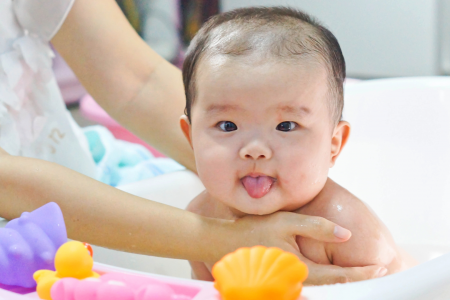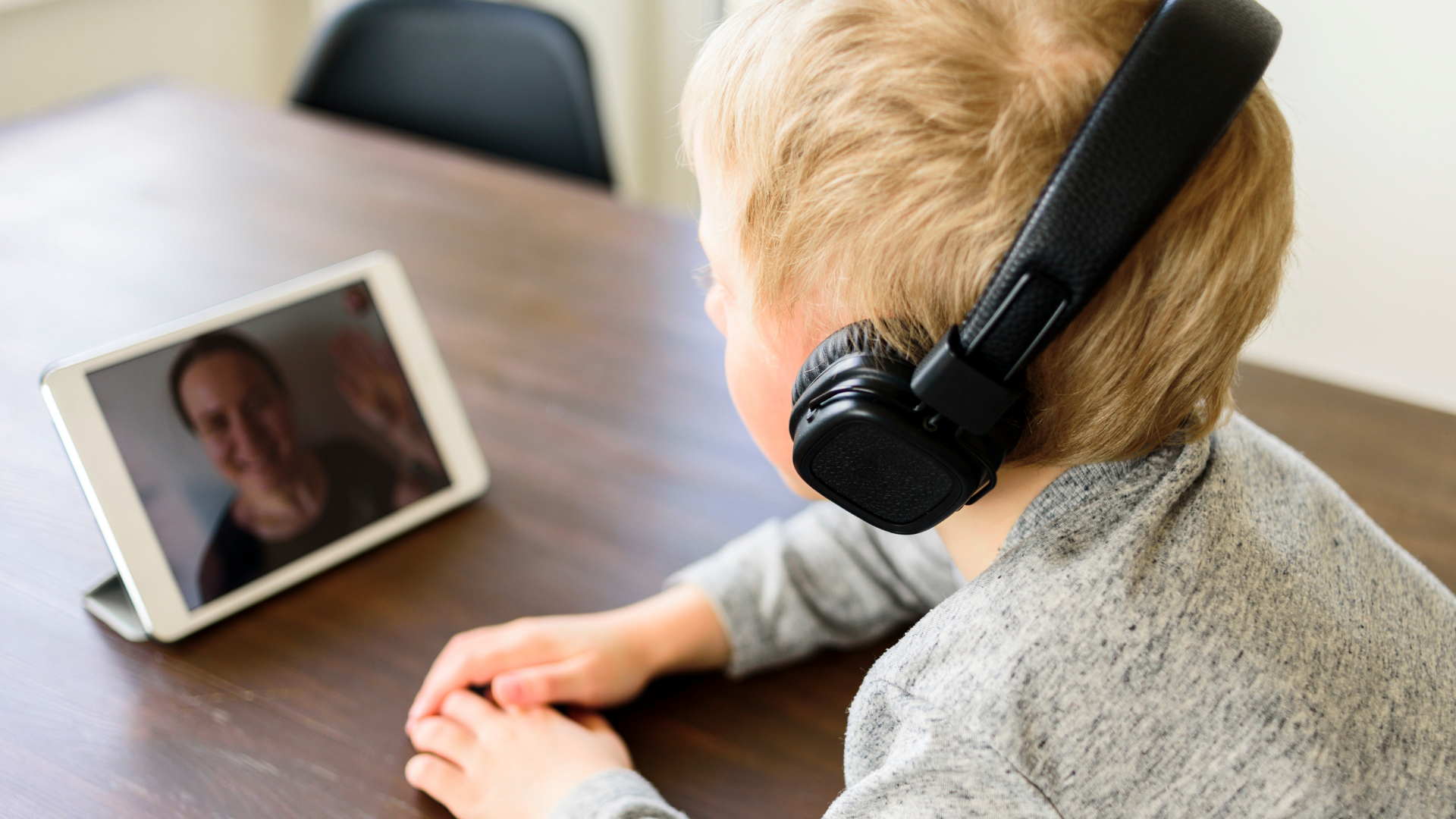You have arrived at the ideal location if you have adopted a child and want to share your experience.
Whether you’re looking to connect with other people who have taken on this incredible journey or you’re looking to get the word out to potential donors, you must capture your story.
All adoptions are unique, just like the families they bring together.
We want to share with you why storytelling around adoption is an important part of the experience. In addition to our introduction to a number of adoption-related topics, they have included our adoption story below in the hopes that it will assist you on your path.
When Adopting a Child, There Is a Power of Love
The power of love when adopting a child is a special journey of love and acceptance. After the adoption process, the adoptive parents travel a road of obstacles to foster love and acceptance. They understand the child’s past and embrace whatever their journey has been.
They work very hard to ensure the youngster has a secure home life and a bright future. A journey of love and acceptance when adopting is powerful and rewarding. Adoptive parents must commit to forming and nurturing strong bonds with the child and ensuring that love, trust, and respect are mutual.
They decide against going because they understand what it will take to significantly better the adopted child’s life- support, dedication, time, and effort. The adopted child can grow, flourish, and lead a more fulfilling life through the power of love, where they can feel safe and accepted, hopeful for the future, and able to trust people.
Unconditional Acceptance: A Key Ingredient for Successful Adoption
Adopting a child is a journey of love and acceptance. Having unconditional acceptance from the moment your child comes into your home is key to making the adoption successful. It is essential that you make a point of doing this in order to show your child that you love and support them no matter what.
Unconditional acceptance also points to the importance of providing a safe and nurturing environment for your adopted child. Make sure your adopted child understands that you are their family and are there to assist them. Open communication is essential for successful adoption.
Your adopted child should talk to you without fear of being judged or rejected. With love and understanding, combined with unconditional acceptance and patience, your adopted child will discover a lasting sense of security. This will be the foundation for a successful, fulfilling adoption journey.
Understanding Emotional New Beginnings through an Adoption Journey
Adopting is a profound journey that involves love, acceptance, and emotional pitfalls for both the parent and the child. We faced all parties involved in the adoption process with a new beginning as they heal old wounds, resolve trauma and create a new narrative of family. Understanding that emotions run deep and being willing to attempt to make all parties involved feel supported, valid, and respected is essential.
With regard to adoption, both parents and kids will feel a variety of emotions, such as delight, trepidation, and despair. But through the process, both parties can come to truly understand, accept and appreciate the loving journey they are embarking on together. When embraced with open arms, even the most difficult emotions become the gift of learning to love again.
Identifying Resources and Support for Adoptive Families
Adopting a child is both an exciting and overwhelming process. It is a journey of love and acceptance – both the love and acceptance the adopted child experiences and the love and acceptance the adoptive family learns and practices. Transforming into a family requires the adoptive family to be aware of available resources and support.
Although the adoption process can be complicated, some organizations provide resources for adoptive families. They can help with home studies, counseling, and connecting with other adoptive families. Adoption organizations also raise awareness of the needs of adopted children and can provide important advice and guidance in dealing with parenting issues.
Adopted children and their families may find it easier to adjust to a new life of love and acceptance if they have the support of their families and a grasp of the laws and procedures of adoption.
Finding Joy, Gratitude, and Fulfillment After Adoption
When looking for joy, gratitude, and fulfillment after adoption, we often fill the journey to find that with love and acceptance. Adoptive families are especially well equipped to handle the intersection of love and acceptance that often comes with adoption. By showing love and acceptance through care, assurance, and patience, the adopted child feels that same love and acceptance for themselves and their newfound family.
They also expressed this acceptance in the commitment that the parents make to continue to learn, grow and love the adopted child through any challenges they may face. Adoption brings love and acceptance and finding joy, gratitude, and fulfillment after the adoption is often the result.
How to Adopt a child?
If you’ve been contemplating how to adopt a child in texas or any other location, here’s a comprehensive guide on the process:
Research and Self-Assessment:
Begin by thoroughly researching the different types of adoption, including domestic, international, and foster care adoption. Understand the legal requirements, costs, and timelines associated with each option. Reflect on your motivations, readiness, and capacity to adopt, considering factors such as age, health, financial stability, and support systems.
Choose the Type of Adoption:
Decide on the type of adoption that aligns with your preferences, circumstances, and capacity. Domestic adoption involves adopting a child within your country, while international adoption involves adopting a child from another country. Foster care adoption provides a permanent home for a child who is no longer able to live with their birth family.
Select an Adoption Professional:
Choose a reputable adoption agency, attorney, or facilitator to guide you through the adoption process. Ensure that they are licensed, experienced, and adhere to ethical adoption practices. Research reviews, testimonials, and accreditations to make an informed decision.
Complete a Home Study:
A home study is a comprehensive assessment of your home, lifestyle, and suitability to adopt. It involves background checks, interviews, and home visits by a licensed social worker. The home study ensures that prospective adoptive parents provide a safe and nurturing environment for the child.
Attend Adoption Education and Counseling:
Many adoption professionals require prospective adoptive parents to undergo education and counseling sessions. These sessions cover topics such as parenting, attachment, and understanding the needs of adopted children. They prepare adoptive parents for the unique challenges and joys of adoption.
Create an Adoption Profile:
For those pursuing domestic or international adoption, creating an adoption profile is essential. This profile typically includes information about your family, lifestyle, values, and reasons for adopting. Birth parents or adoption authorities may review these profiles to select suitable adoptive parents.
Matching and Placement:
Once approved, the adoption professional will work to match you with a child whose needs and characteristics align with your family. For domestic adoption, this may involve communication and meetings with birth parents. International adoption may involve waiting for a referral from the chosen country.
Legal Proceedings:
Adoption involves legal processes to finalize the adoption and establish legal parental rights. The nature of these proceedings varies by jurisdiction and type of adoption. It is crucial to comply with all legal requirements and obtain necessary court approvals.
Post-Placement Support:
After the child is placed in your home, adoption agencies often provide post-placement support and services. This may include counseling, resources, and assistance in navigating the complexities of adoptive parenting.
Celebrate and Adjust:
Once the legal processes are complete, celebrate the addition of a new family member. Adoption is a lifelong journey, and adjusting to the dynamics of your new family may take time. Seek ongoing support from adoption professionals, support groups, and counseling as needed.
Adopting a child is a profound and rewarding experience that requires careful planning, dedication, and resilience. The journey is unique for each family, and understanding the specific requirements and steps involved is crucial for a successful adoption process.
Consider Adoption Today – You Never Know Who You May Bring Home
Adopting is an amazing experience, filled with love and acceptance for all. It is an incredible gift to be able to provide a home to a pet in need. Whether you are looking for a short-term or lifelong companion, adopting is sure to add joy to your life. So why not consider adoption today – you never know who you may bring home!
Want to learn more about the legal information specific to your state? Be sure to check out our guide to statutory adoption laws.












